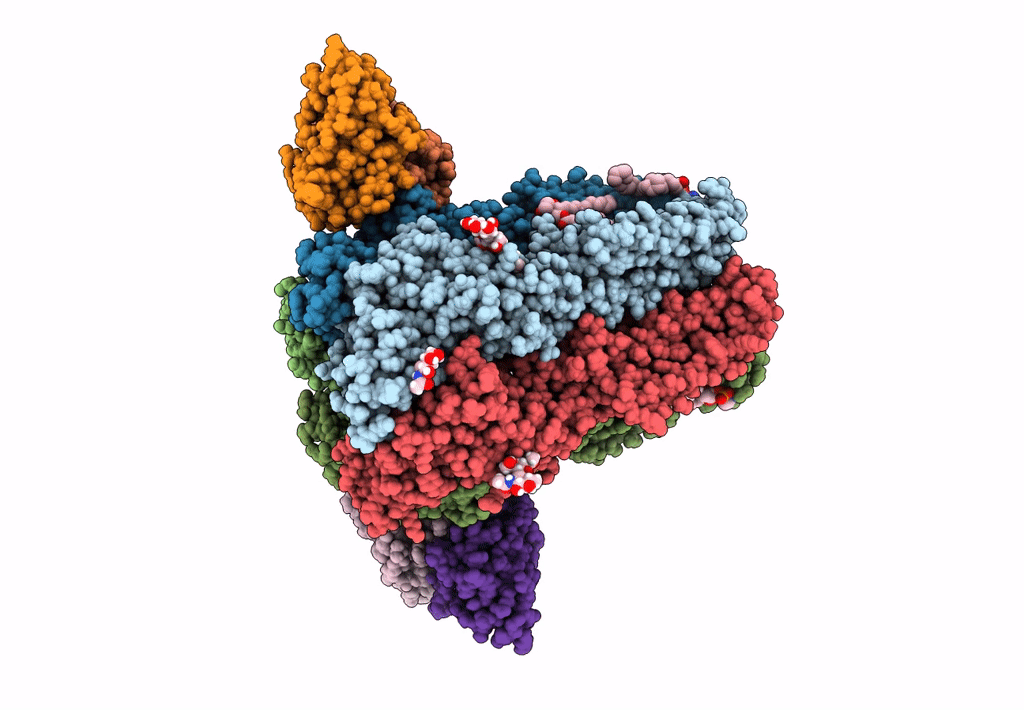
Deposition Date
2023-04-14
Release Date
2023-08-30
Last Version Date
2024-10-23
Entry Detail
PDB ID:
8SID
Keywords:
Title:
Human GABAA receptor alpha1-beta2-gamma2 subtype in complex with GABA plus dehydroepiandrosterone sulfate
Biological Source:
Source Organism:
Homo sapiens (Taxon ID: 9606)
Mus musculus (Taxon ID: 10090)
Mus musculus (Taxon ID: 10090)
Host Organism:
Method Details:
Experimental Method:
Resolution:
2.71 Å
Aggregation State:
PARTICLE
Reconstruction Method:
SINGLE PARTICLE


